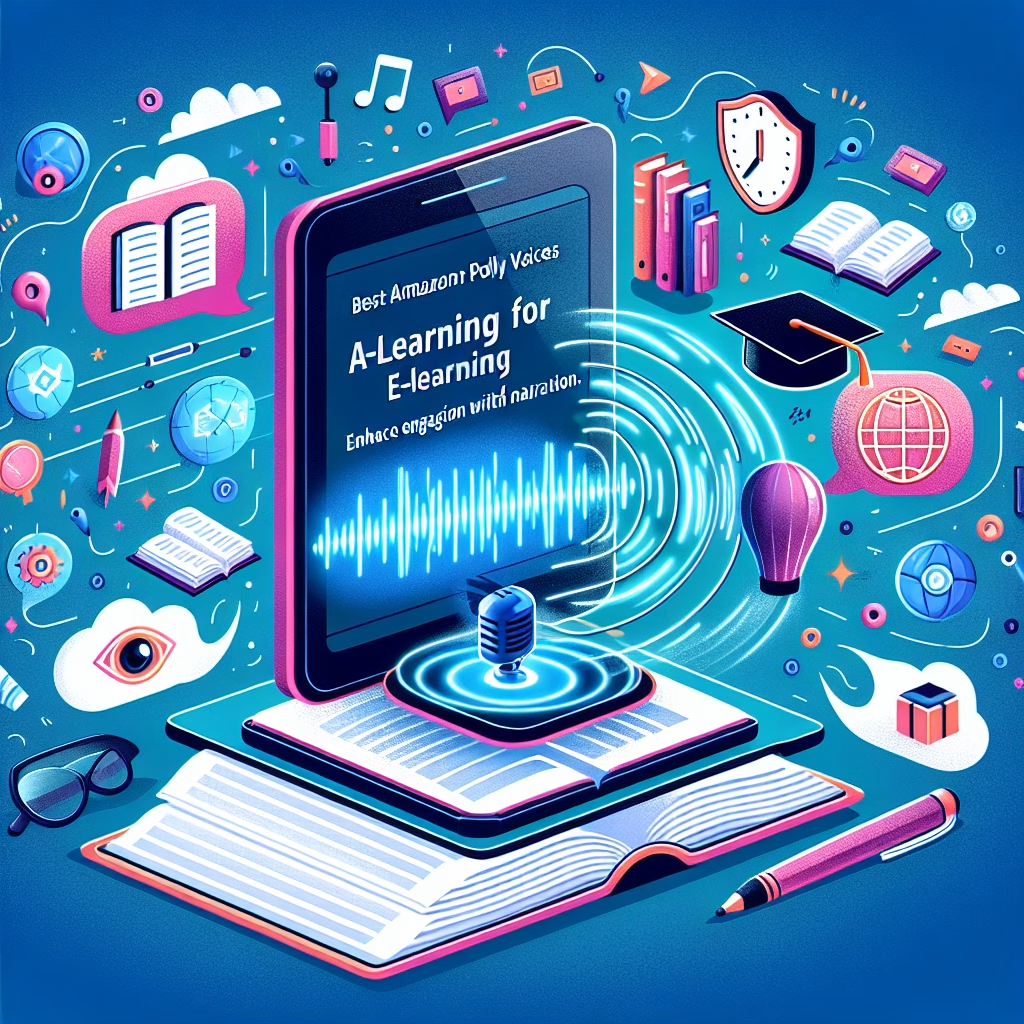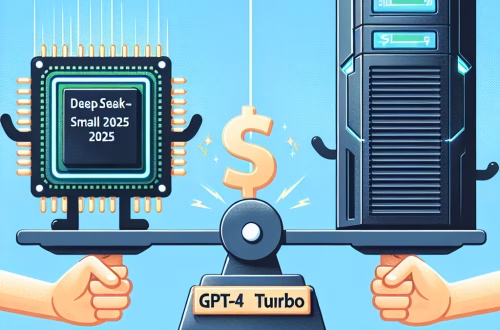Amazon Polly Voices for E-Learning Content
Summary:
Amazon Polly is a cloud-based text-to-speech (TTS) service that converts written text into natural-sounding speech, making it a powerful tool for e-learning content creators. With a diverse range of lifelike voices in multiple languages and accents, Polly enhances engagement and accessibility in digital learning. Novices in the AI industry can leverage Polly to create dynamic, scalable, and multilingual courses without requiring extensive technical expertise. This article explores how Polly works, its strengths, weaknesses, and how to maximize its potential for e-learning.
What This Means for You:
- Cost-effective e-learning voiceovers: Amazon Polly eliminates the need for expensive professional voice actors, allowing educators and businesses to produce high-quality audio content at scale. This democratizes access to immersive learning experiences for smaller institutions or independent course creators.
- Actionable advice for multilingual courses: Experiment with Polly’s Neural Text-to-Speech (NTTS) voices for natural pronunciation in different languages. Start by converting key course segments first before scaling across entire modules.
- Accessibility improvements: Use Polly to generate audio versions of text-based courses for visually impaired learners. Ensure compatibility with screen readers and offer downloadable MP3 versions.
- Future outlook or warning: While Polly offers impressive speech synthesis, AI-generated voices may still occasionally struggle with complex technical terms or emotional nuance. Always review automated outputs for correctness before deploying in professional settings.
Amazon Polly Voices for E-Learning Content
Amazon Polly has emerged as a game changer in e-learning, enabling educators and instructional designers to create engaging, voice-driven content without traditional recording studios. This deep dive explores its capabilities, best practices, and strategic considerations for deploying Polly in digital learning environments.
Best Use Cases for Polly in E-Learning
Polly excels in scenarios requiring rapid voiceover production at scale. Its strongest applications include:
- Massive Open Online Courses (MOOCs) needing frequent content updates
- Corporate training modules requiring multiple language versions
- Microlearning apps with short-form audio content
- Accessible learning materials for students with reading difficulties
Key Strengths and Advantages
The service stands out through several compelling features:
- Neural Text-to-Speech Technology: Produces human-like intonation and rhythm, vastly improving over traditional concatenative TTS systems.
- Voice Customization: Controls for speech rate, pitch, and volume allow tuning voices to match brand personality.
- Multilingual Support: Offers over 60 voices across 29 languages, enabling global e-learning deployment.
- SDK Integration: Works seamlessly with popular e-learning platforms through AWS SDKs and APIs.
Limitations and Workarounds
While powerful, Polly has some constraints to consider:
- Emotional Range: The voices may sound unnatural for dramatic content; use SSML tags to add pauses and emphasis where needed.
- Technical Terminology: Occasionally mispronounces specialized jargon; utilize the lexicon feature to define custom pronunciations.
- Character Limits: The 3,000 character limit per request requires chunking longer passages; automate this through preprocessing scripts.
Implementation Best Practices
To maximize quality and learner engagement:
- Mix different voices for different course roles (narrator vs. character voices)
- Layer Polly audio with background music at 15-20% volume to enhance engagement
- Use the Marks API to synchronize audio with on-screen animations
- Implement caching for frequently used audio snippets to reduce costs
People Also Ask About:
- How does Amazon Polly compare to human narration? Polly offers superior scalability and cost efficiency, though professional narration still excels in emotional expression. For most e-learning applications beyond premium courses, Polly provides sufficient quality.
- Can I customize Polly voices for my brand? While you cannot create entirely new voices, extensive customization is possible through SSML tags controlling speech rate, pitch, and volume to establish distinctive audio branding.
- What’s the learning curve for implementing Polly? Basic implementation requires minimal technical skills using the AWS console, while advanced integrations need web development knowledge. AWS provides extensive documentation to support adoption.
- How does pricing work for e-learning applications? Polly uses pay-per-character pricing with free tier availability. Large-scale implementations benefit from volume discounts through AWS Enterprise agreements.
- Does Polly work with major e-learning platforms? Yes, through API integrations. Popular platforms like Articulate 360, Adobe Captivate, and Moodle support AWS services through plugins or custom development.
Expert Opinion:
The adoption of synthetic voices in e-learning represents a fundamental shift in content production workflows. While current implementations occasionally reveal artificial characteristics, the technology improves rapidly through advances in neural networks. Organizations should establish quality control processes to monitor output accuracy, particularly for technical content. The emerging capability to clone specific voices raises important ethical considerations regarding consent and appropriate use cases. Strategic implementation focusing augmenting rather than replacing human educators will yield the most sustainable results.
Extra Information:
- AWS Polly Official Page – Comprehensive documentation on voice options, features, and API references
- Polly Developer Guide – Technical implementation details for e-learning system integration
- Polly Pricing Details – Cost calculator and optimization strategies for e-learning projects
Related Key Terms:
- Best Amazon Polly voices for online courses
- Implementing text-to-speech in e-learning platforms
- Cost-effective voiceovers for digital education
- Customizing neural TTS for instructional design
- Multilingual e-learning voice solutions with AWS
- Accessibility compliance with synthetic speech
- Synchronizing Amazon Polly with SCORM content
Check out our AI Model Comparison Tool here: AI Model Comparison Tool
*Featured image generated by Dall-E 3





